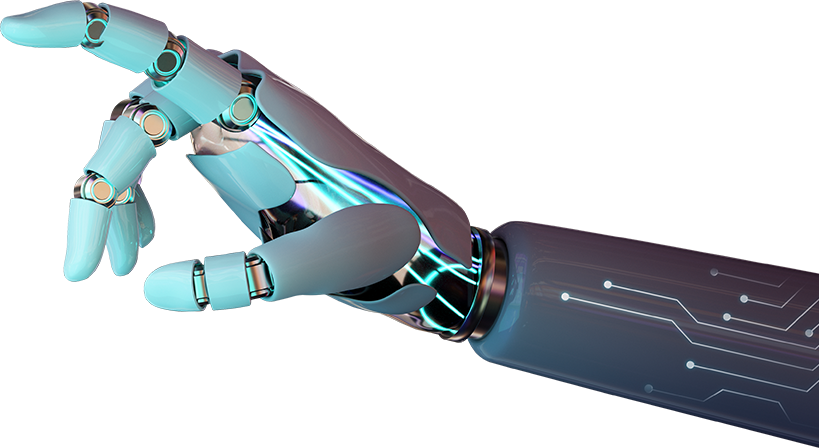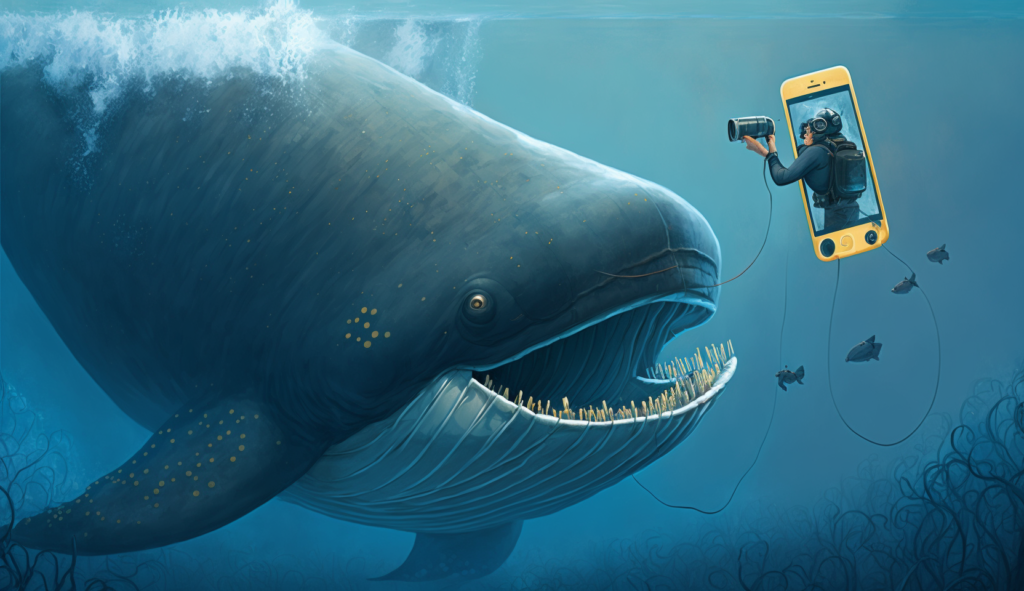As AI continues to make waves in the field of cetacean communication, we’re discovering more about the lives of whales than ever before. From deciphering their complex social dynamics to understanding their navigational prowess, AI is helping us unlock the secrets of these underwater virtuosos.
By the way, if you’re keen to dive deeper into securing consistent leads and top-quality appointments with prospects eager to converse with you, click here to watch a FREE, comprehensive training video detailing every step of the process.
Whales, among the most intelligent and enigmatic creatures on Earth, have fascinated humans for centuries. These marine mammals have developed intricate communication systems that rely primarily on sound, as light and smell are limited in their underwater environment. Over the years, scientists have been attempting to decipher the complex language of whales, seeking a better understanding of their social structures, behavior, and cognitive abilities.
Whales are among the most vocal creatures on the planet, using an array of clicks, whistles, and songs to communicate with each other across vast ocean distances. Their vocalizations are not only melodious but also convey essential information about their social structure, mating rituals, and navigation.
However, deciphering the meaning behind these enchanting symphonies has proven to be quite a challenge for human researchers. But now with our intelligent ally AI is on the quest to unravel the mysteries of whale language
Eavesdropping on Whale Conversations: Hydrophones and Acoustic Monitoring
The primary tool for studying whale communication is the hydrophone, an underwater microphone designed to detect and record sounds in aquatic environments. Hydrophones are deployed at various depths, either attached to buoys, fixed on the seafloor, or towed behind research vessels. By recording whale vocalizations, scientists can analyze the patterns and frequencies of sounds, allowing them to identify distinct call types, such as songs, echolocation clicks, and social calls.


AI has made significant strides in natural language processing, enabling it to understand and even mimic human speech. By applying these same techniques to whale vocalizations, AI has the potential to crack the cetacean code, providing us with unprecedented insights into the lives of these magnificent marine mammals. By training AI algorithms on vast libraries of whale songs, we can teach them to recognize patterns and structures in the spectrograms, allowing them to “read” whale language like a seasoned cetacean linguist.
Understanding the context of whale vocalizations is crucial for decoding their language. Researchers often combine acoustic data with behavioral observations, using visual and video recordings to correlate sounds with specific behaviors, such as feeding, mating, or socializing. Scientists aims to create a comprehensive “Rosetta Stone” for cetacean communication, bridging the gap between humans and whales.
ChatGPT, a large-scale language model developed by OpenAI, has demonstrated remarkable abilities in understanding and generating human language. This advanced artificial intelligence system is trained on vast amounts of text data, enabling it to generate coherent and contextually relevant responses.
By adopting this tech on spectrograms of whale vocalizations, which visually represent the frequency, intensity, and duration of sounds over time. Researchers can learn to recognize patterns and correlations, ultimately enabling them to classify and generate different call types, such as songs, clicks, and social calls to help us understand whale language in a more efficient and comprehensive manner.
A Bridge Between Species: Building Bonds with our Flippered Friends
The potential benefits of applying AI techniques to cetacean communication research are immense. By leveraging the power of AI, scientists could make significant strides in decoding whale language, unveiling new insights into their social structures, cognitive abilities, and behaviors. Ultimately, this could lead to a greater understanding of these fascinating marine mammals and contribute to their conservation and welfare.

One significant threat to whales is noise pollution from ships, sonar, and other human activities. Excessive noise can disrupt whale communication and navigation, leading to stress, disorientation, and even strandings. By analyzing and understanding the effects of noise pollution on whale vocalizations, AI can help researchers and policymakers develop strategies to mitigate its impact and create a quieter, more hospitable ocean environment for our flippered friends.
As we grow closer to understanding the language of whales, we also forge a deeper connection with these awe-inspiring creatures. By listening to their stories, we’re reminded of the importance of empathy and respect for all living beings, both above and below the waves.






